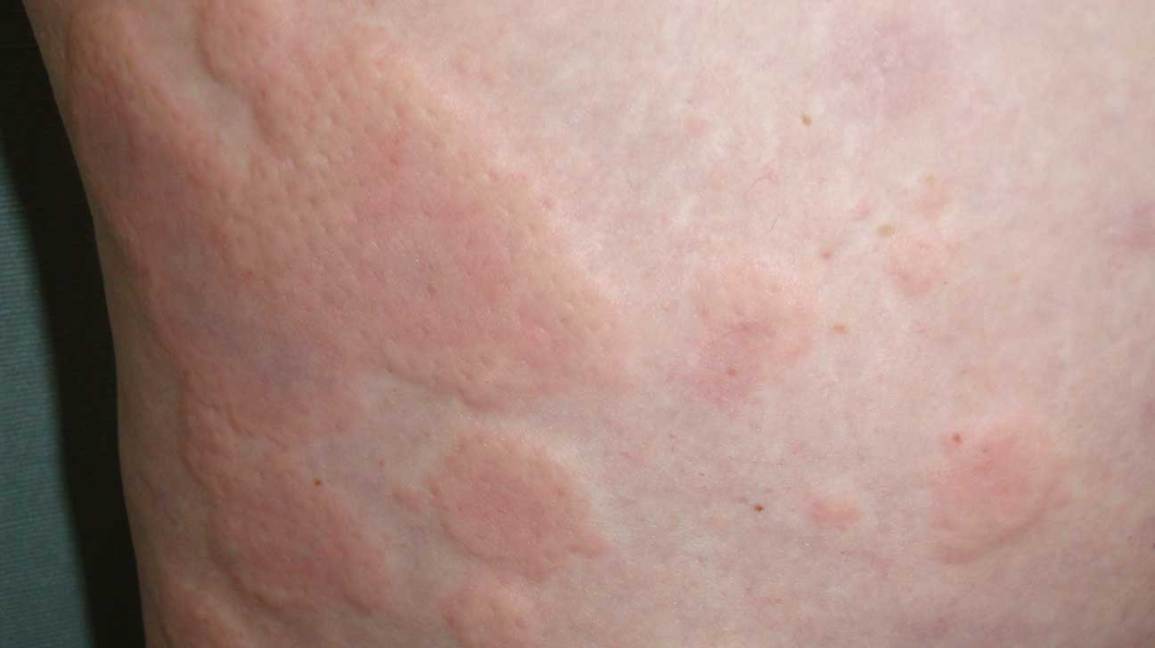
There are different urticaria types. The common ones are water urticaria and water hives. Both are characterized by itchy red wheals that are raised smoothly on the skin. Often they have a blanched center. Symptoms can occur on one or both sides of the body, and they can be asymptomatic or severe. The underlying cause of water hives is unknown, and it is important to treat it immediately to prevent serious complications.
The EAACI, Global Allergy and Asthma European Network, and European Dermatology Forum have published a guideline to describe the urticaria types. According to the guidelines, the three types are: cholinergic urticaria, physical urticaria, and allergic urticaria. These groups also have guidelines to diagnose urticaria. The defining features of each type are described in detail below.
The most common type of hives is physical. Patients suffering from this disease should avoid low temperatures and cold environments. They should avoid all water activities. There are also many induced forms of urticaria. For example, a distinction is made between cholinergic urticaria and exercise-induced uric acid urticaria. The prevalence of urticaria according to the ICD-10 code is considered to be research, and further research is needed to confirm it.
The most common type of urticaria is physical, resulting from direct or indirect pressure. This happens immediately after applying pressure or after a few hours. The delayed type develops after the itching subsides and the urticaria spreads. It is most common in children and can last from eight hours to three days. It can also happen when the child is exposed to tight clothing, belts, or any external pressure.
As for the types of hives, there are several common types. Most patients develop hives only during periods of intense exercise or sweating, but they may also experience an aggravation of the condition when they are exposed to the wrong type of food or drink. If it is not a food allergy, it may present as a rash, but is not the cause of any other underlying problem.
There are many types of urticaria, the most common of which is familial cold urticaria. It may be present at birth or first develop during infancy. Unlike classic urticaria, familial cold ureticaria usually occurs in early childhood. It is characterized by urticarial rash and fever. It may also be associated with arthralgia and malaise. The main symptoms of choleric urticaria are the same as in classical urticaria, but differ. Learn more about the types and manifestations of urticaria at methodisthealthcareers.com.

Hives of this type are marked by scarring on the skin. The rash appears suddenly and then disappears within half an hour. This is called acute urticaria, but it can also be caused by certain medications and allergies. Some people may experience both types of hives, and it’s important to know which type you’re dealing with. This is because a sudden outbreak of hives can be very painful and even life-threatening.
There are two types of urticaria: acute urticaria and chronic urticaria. Acute urticaria is associated with abdominal pain, diarrhea, and chest tightness, and cholinergic urticaria may be associated with laryngeal obstruction. Although similar, the types of urticaria differ in their clinical manifestations. In severe cases, it is best to consult a doctor for advice and treatment.
Urticaria symptoms can range from mild to severe. Asymptomatic hives can be caused by a sensitivity to a particular substance, such as a fungus. Acute hives can be caused by food, drugs, or environmental factors such as dust or mold. There are different types of hives and it is important to determine the cause. Site https://resilienthealthcareprize.com/
lists some of the more common types.
Acute urticaria is more severe than chronic urticaria. Urticaria symptoms can be caused by a variety of factors, including exposure to certain temperatures. Symptoms of physical urethritis are usually triggered by exposure to cold objects or temperatures. Exposure to ultraviolet light causing an allergic reaction is another trigger for hives. This type can develop within minutes.